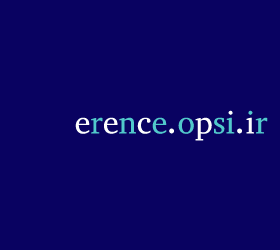Association Mission
The mission of the association is to advance the creation, communication and application of knowledge to benefit society and improve people's lives.
Membership
Contact Us
Download citation:
BibTeX | RIS | EndNote | Medlars | ProCite | Reference Manager | RefWorks
Send citation to:



BibTeX | RIS | EndNote | Medlars | ProCite | Reference Manager | RefWorks
Send citation to:
ajami A. Evidence of Concentration dependence of the two-photon absorption cross section: Determining the “true” cross section value. ICOP & ICPET _ INPC _ ICOFS 2015; 21 :1663-1666
URL: http://opsi.ir/article-1-801-en.html
URL: http://opsi.ir/article-1-801-en.html
Abstract: (4053 Views)
The two-photon absorption (2PA) phenomenon is the basis of many unique applications involving suitable chromophores as photoinitiators. Ideally the 2PA cross section should, therefore, be a unique parameter, allowing quantification and comparing 2PA capabilities of different substances. In this report, the most straightforward and widespread method, the Z-scan technique, was used for determining the 2PA cross-section values of three different synthesized. It is demonstrated that the experimentally obtained values strongly depend on the molar concentration of a measured solution. A tenfold decrease in substance concentration can lead to the doubling of the 2PA cross-section. Among the crucial implications of this observed behavior is the questionable possibility to compare the 2PA characteristics of different compounds based on the values reported in the literature. An example of another important consequence of this effect extends i.e. to the calculation of the dose necessary for killing the tumor cells in 2PA-based photodynamic therapy applications. The possible factors responsible for this contra-intuitive behavior are discussed and investigated. Finally, a reliable measurement protocol for comprehensive characterization of 2PA capability of different substances is proposed. Herewith an attempt to establish a standard method, which takes into account the concentration dependence, is made.
Send email to the article author
| Rights and permissions | |
 |
This work is licensed under a Creative Commons Attribution-NonCommercial 4.0 International License. |









